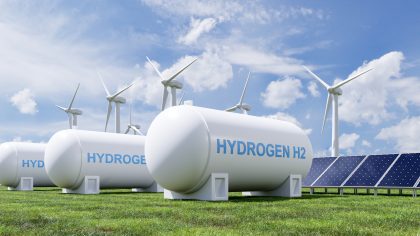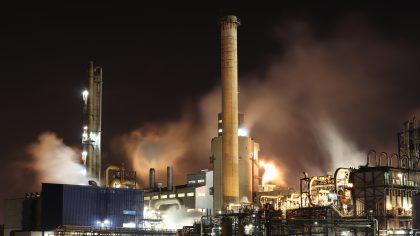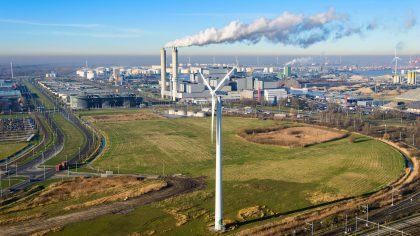All information in the datasheets is also available in ESDL (Energy System Description Language). You can find them in the Energy Data Repository (EDR).
Diabatic compressed air energy storage (CAES) for large-scale temporal electricity storage
Compressed air energy storage (CAES) is based on storing electricity as compressed air. Compressed air is typically stored underground in suitable geological formations (salt, hard rock and porous rock or aquifer). Aboveground CAES is also a possibility, however investment costs in this case are higher.
This factsheet only considers underground CAES whereas air is expanded through a turbine to produce electricity. Diabatic CAES uses fuel (typically natural gas) to heat the expanding air (JRC ETRI, 2014). CAES is typically a large-scale, long-term storage option, and it is applied on the centralised grid.
As of 2017, there are two large diabatic CAES projects installed globally, the first one is a 290 MW plant in Germany, and the second one is a 110 MW plant in Alabama, the US (DNV KEMA, 2013; IRENA, 2017).
Downloads
Diabatic compressed air energy storage (CAES) for large-scale temporal electricity storageGerelateerde publicaties

Effecten van waterstofimport op de industrie in Nederland
Exploration of the effects of (partially) replacing Dutch fertiliser and iron and steel production with imports

De weg naar toekomstbestendige petrochemie
Exploration of transition strategies in Dutch refineries and organic chemicals industry for climate policy

Toename aandeel hernieuwbare warmte
Haalbaarheid van de RED III-doelstellingen met het huidige beleid